On October 10, 2007, Valve Corporation released The Orange Box, a game compilation containing five different video games, three of them brand new. For Valve, a company that had been taking the PC gaming world by storm for the past decade and was on the precipice of becoming the industry leader it is today thanks to Steam, it was arguably their most ambitious game project to date—and, one could add, even to this day.
Now, fifteen years to the day of this article’s release date, let’s look back at The Orange Box and evaluate its lasting impact on Valve, the games industry and the community as a whole.
How three games fell into one box
By 2006, in part due to a change in their work structure that is still reflected to this day where employees can choose to work on any internal project that catches their eye, Valve had multiple games in development. One, Half-Life 2: Episode Two, was the middle part of a planned trilogy of Half-Life 2 sequels, following up on the June release of Episode One. The second, Team Fortress 2, had infamously been in development in one form or another since Team Fortress creators Robin Walker and John Cook had been hired by Valve in 1998. A third was a smaller project developed by alumni of the DigiPen Institute of Technology after their senior project, Narbacular Drop, had impressed Gabe Newell enough to hire the whole team.
At this point, you have to remember that this was 2007; while Steam was going full speed ahead, the indie games revolution was still a few years away, episodic games were an early experiment and the games industry was still orbiting around triple-A videogames. In fact, this was on the cusp of games having not only lengthy, robust singleplayer, but also an equally important multiplayer component, which would eventually surpass the singleplayer in importance (in fact, Call of Duty 4: Modern Warfare, the game that would spur that change, came out about a month after The Orange Box).
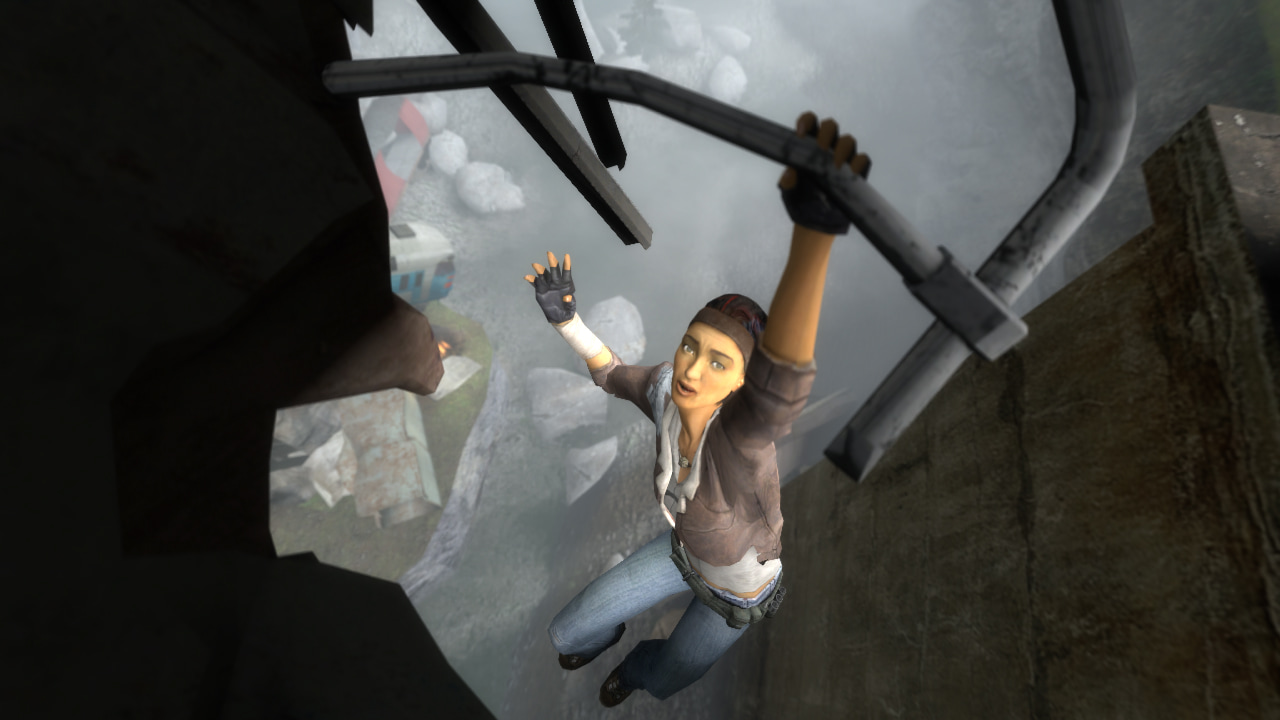
None of Valve’s upcoming titles fulfilled the entire quota. Episode Two was about five to, if you’re feeling generous, seven hours in length and lacked a multiplayer component; also, sales of Episode One were fine, but nowhere as impressive as Half-Life 2’s (by 2008, Half-Life 2 would have sold 6.5 million units at retail, whereas Episode One had only reached 1.4 million units). Team Fortress 2, on the other hand, had no singleplayer whatsoever, and the Narbacular Drop successor, itself envisioned as a sort of Half-Life spin-off (reusing many of the same assets at one point), was an unknown factor, a chimera of a first-person puzzle game with humorous writing that, as far as anyone at the time could guess, risked being a flop—or, at best, a cult hit like Double Fine Productions’ Psychonauts.
As stand-alone titles, in an era where gamers demanded triple-A experiences, none of these had legs to stand on. Together, however, it would be a different story. Doug Lombardi, Valve’s former Vice-President of Marketing, would later tell Eurogamer:
The Orange Box made sense in terms of ’rounding out the offer’ for what was a different games market in 2007. Games were still $50 and sold primarily at retail. As such an AAA title at that time needed to have 10 hours of single player content, a multiplayer component, etc. Team Fortress 2 had no single player component, and Episode 2 had no multiplayer. Portal seemed like an entirely new kind of creature, one that challenged us to figure out how to convince players to buy a comedy wrapped inside a first-person puzzle game — and the length of Portal varied tremendously depending on if you were wired to ‘think with portals’ or not. Those issues were resolved by having the other two games in the same box.
With the decision to bundle the three new titles into one package—itself a disruptive idea, as game compilations tended to be a final attempt at squeezing some more money out of games in the latter stages of their sales lifecycle (I, myself, got into Half-Life through the European “Half-Life: Generation” bundle)—, the only question remaining was how to market it.
A black box lost at sea

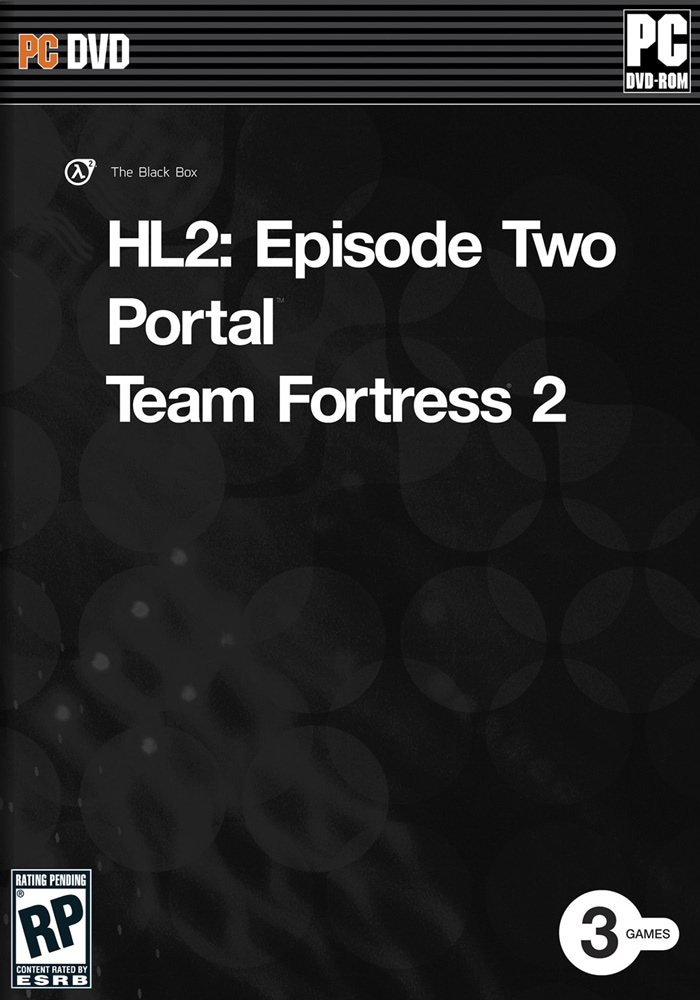
As it happens, the road to put The Orange Box on store shelves and on Steam would still have a few more twists and turns before it reached its final destination in October 10, 2007.
Quick side note: it’s easy to forget this at a time when Valve dominates PC gaming’s digital distribution, but Valve didn’t start off publishing its own games. Valve’s first publisher was Sierra On-Line, which was eventually acquired by a new holding, Vivendi Games, that ended up having a, let’s say, contentious relationship with Valve. By 2005, Valve had switched publishers to Electronic Arts (EA for short).
The first inkling of what would end up as The Orange Box was unveiled to the games press in EA’s 2006 Summer Showcase event, where Valve not only brought the already announced Half-Life 2: Episode Two, but the two other new games of their compilation, the infamous vaporware title Team Fortress 2 and their small new title, Portal, which were already described as a package deal.
It was also revealed that they had a planned release date of holiday season 2006, which obviously didn’t come to pass (insert tired “Valve time” joke here) and, more interestingly, that they would come to the then-next-generation consoles… alongside Half-Life 2 and Half-Life 2: Episode One, which made sense for consoles, given that only Half-Life 2 had come out on console and only for the original Xbox.
On February 2, 2007, EA and Valve announced their plans for the compilation of games, with two different products (SKUs) being unveiled: The Black Box, exclusively for PC, would contain only the three new games, while The Orange Box, coming to PC, Xbox 360 and PS3 (the latter ported externally by EA UK), would bundle not only the new games, but also Half-Life 2 and Half-Life 2: Episode One, serving as a jumping-on point for new players. They would be priced $39.99 and $59.99, respectively, with a Fall 2007 release date.
However, by May, plans had changed. Valve announced the cancellation of The Black Box, with The Orange Box dropping to $49.99 on PC (console price remained unchanged). Previous owners of Half-Life 2 and Episode One would be allowed to gift their extra copies to a friend—which was actually the origin of the Steam gifting feature we still have today.
Saying that this was received unfavourably by the general public would be an understatement, as it so often is with anything gaming-related. Users complained of having to rebuy games they previously owned in the package, with Frank Caron of Ars Technica even stating “that’s exactly what I want to do: pay more for everything and give the parts I don’t want away”. While The Orange Box still was an undeniable good deal ($50 for three brand new games, plus two copies of old ones to give away), the fact that gamers had been promised a cheaper deal with The Black Box soured them on it, if only briefly.
There’s never been any official explanation for why The Black Box was ultimately cancelled, but I can hazard a guess. Robin Walker would later reveal to Rock Paper Shotgun that creating and marketing The Orange Box led to unexpected complications, from retailers being confused to the difficulty of promoting three games in one package with traditional advertising. As such, having not one but two distinct products with names as confusing as “orange box” and “black box” would only further complicate matters, let alone, and forgive my marketing lingo for a moment, having to sell two different SKUs to retailers that were basically cannibalizing the same market.
Whatever the real reason, The Black Box was no more, and The Orange Box would eventually hit shelves and Steam on October 2007, to rave reviews of both the package as a whole (“The best deal in videogame history”, according to IGN) and each of the individual games. Surprisingly (at the time), Portal received the majority of praise, with critics and players alike falling in love with both the humor and the gameplay, eclipsing what was still, for the most part, the flagship title of The Orange Box, the continuation of the Half-Life 2 episodes.
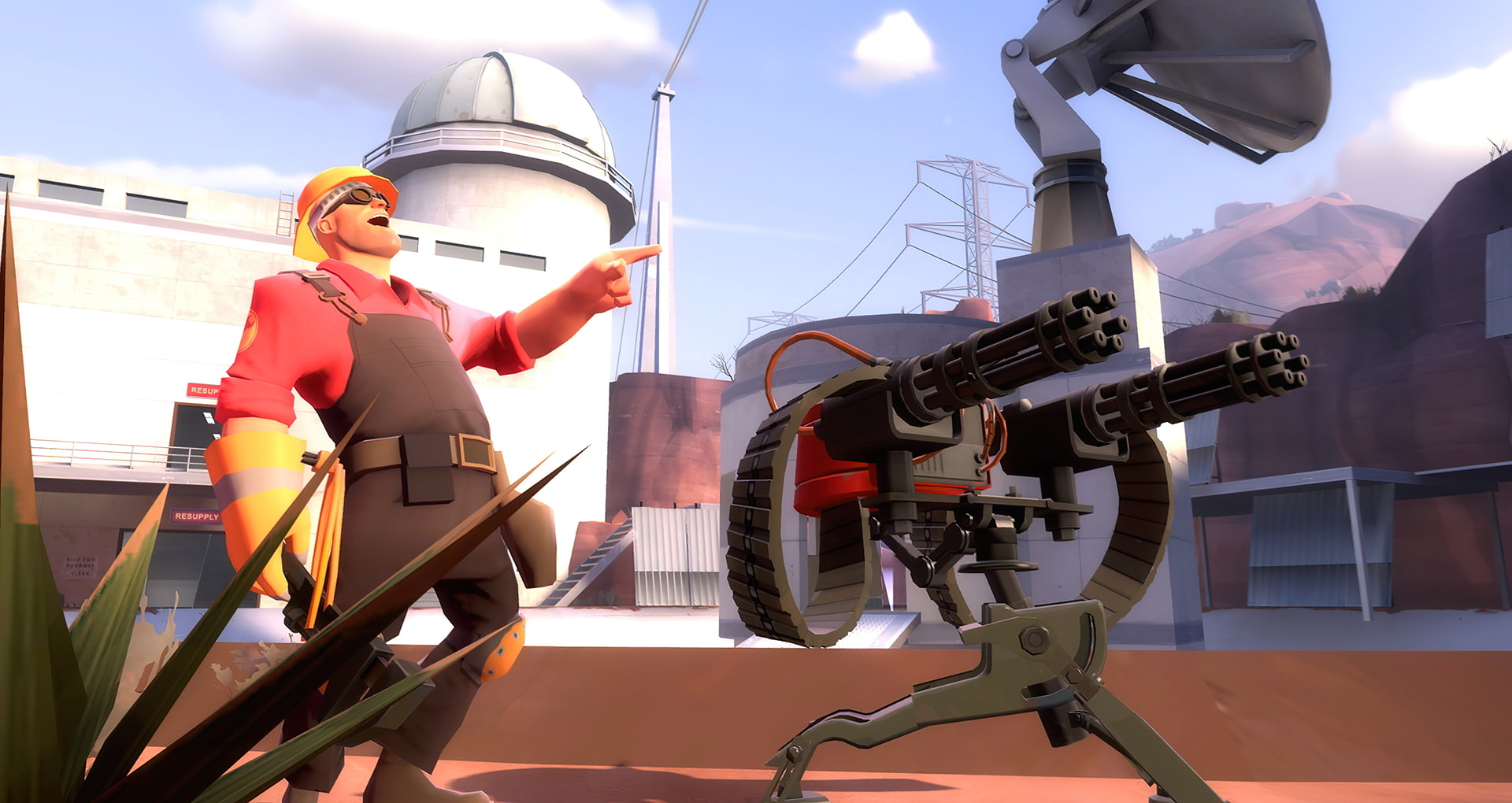
The legacy of The Orange Box
In a lot of ways, the repercussions of The Orange Box for Valve and the games industry as a whole are still hugely felt to this day, even overshadowing that of Half-Life 2 itself.
As aforementioned, Portal was the revelation of The Orange Box, quickly jumping from small quirky experiment to one of Valve’s most beloved IPs. A full-fledged sequel, Portal 2, would eventually come out four years later to a similarly warm reception and the original’s legacy continues to be felt today, from references and merchandise to small free spinoffs that introduce Valve’s newest experiments, like The Lab for VR, Aperture Desk Job for their handheld, the Steam Deck, and more recently Portal with RTX, a collaboration with Nvidia’s Lightspeed Studios to modernize the original Portal with ray-tracing lighting. In fact, Portal was one of the franchises considered for a full-length, triple-A VR game until Valve realized the Half-Life franchise fit the medium more.
Team Fortress 2, on the other hand, became Valve’s preferred platform to experiment with new distribution methods and monetization mechanics, being a pioneer of in-game markets and eventually making the jump to free-to-play ahead of the curve. Despite a rough patch in the past few years, when the game became dominated by bots after a source code leak, Team Fortress 2 has bounced back and is still, to this day, on the top 10 of the Steam charts for active player counts. Lessons learned with TF2 have also bled into other Valve games, such as Counter-Strike: Global Offensive, which also made the jump to free-to-play and is now monetized with weapon skins, in a similar way to Team Fortress’s cosmetics.
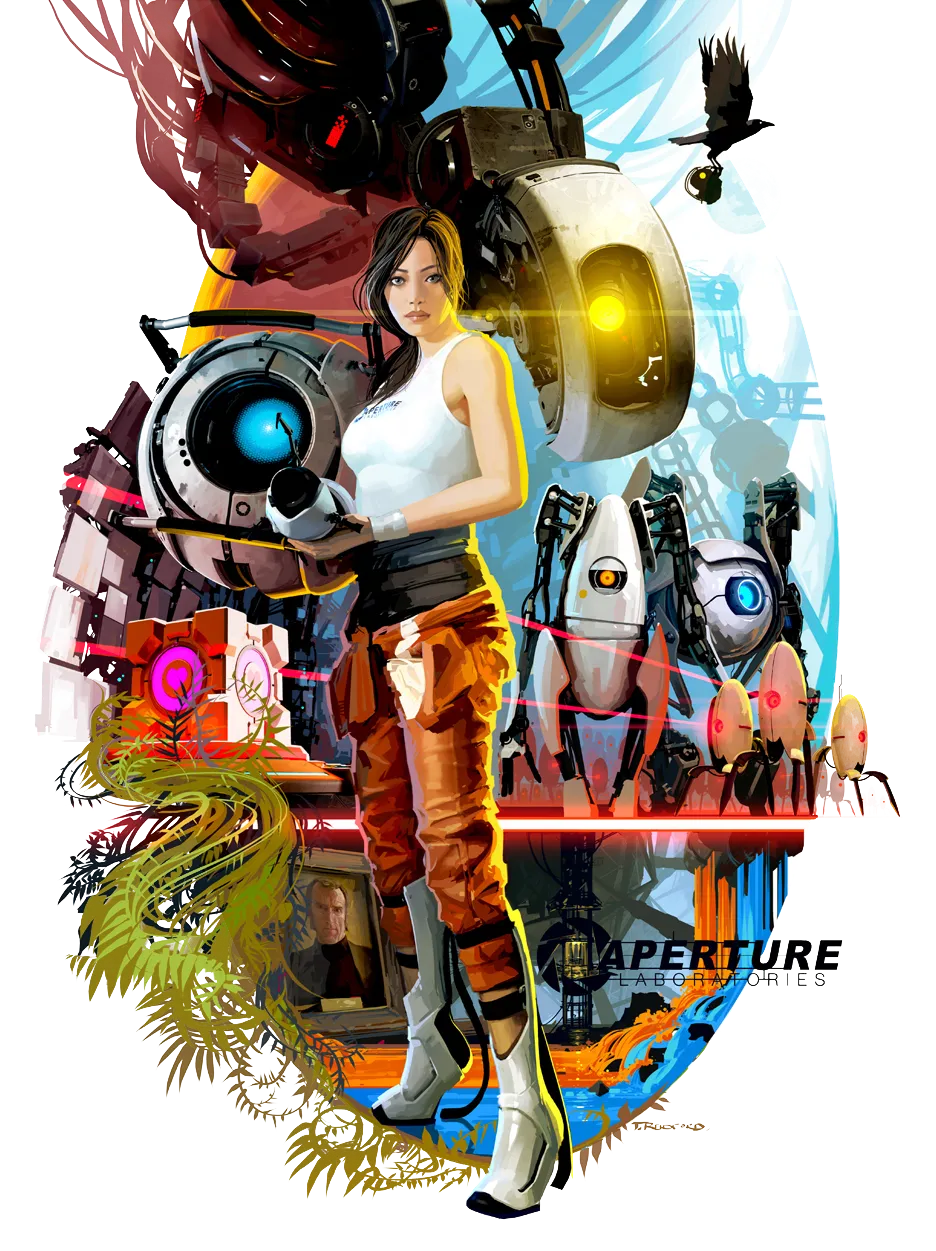
The Orange Box also led to a variety of lessons for Valve, some positive, others not so much. The fact that such an unprecedented bundle worked in their favor—by the end of the following year, retail sales of The Orange Box alone were up to 3 million units, already outpacing Half-Life 2: Episode One, and digital sales on Steam were even surpassing those—gave Valve the realization that they could be unbounded from typical game marketing practices and challenge the norm, which eventually led to Steam becoming the juggernaut that it is today. The development methodology of the Valve team being allowed to focus on the projects they wanted to individually is still applied to this day, leading to titles like Left 4 Dead and new breakthroughs in other sectors, particularly hardware, although it also meant plenty of projects left on the cutting room floor.
On that note, and somewhat ironically, Half-Life, the franchise that helped spearhead The Orange Box, was arguably the one that ended up benefitting the least from the ambitious project. The episodic model soon fell by the wayside, leading to Half-Life 2: Episode Three becoming the new vaporware title of Valve’s catalogue after Team Fortress 2’s launch, which eventually culminated in the hiatus we all know of, broken, finally, by Half-Life: Alyx in 2020.
As such, The Orange Box marked a turning point for Valve. Where before it was still somewhat constrained by market expectations, breaking the norm with three new games in one package opened new possibilities and a new way of working for the company and other ambitious projects, such as the now-discontinued Steam Machines and Steam Controller, the Valve Index and the Steam Deck, not to mention the renewed focus of Steam as the digital distribution channel for PC gaming.
As Valve gradually shifted their attention from game development into other areas over the years, it also meant that The Orange Box, with three whole games, one of which of a brand new IP and another a resurrection of an abandoned project that itself became a juggernaut of gaming, stands as the most ambitious game project Valve has accomplished in not just the past fifteen years, but in the history of gaming as a whole. Nothing since has been quite as mold-breaking or ambitious in gaming, and it’s safe to say that, fifteen years later, many of us are still playing a title or more from The Orange Box, today. Not a bad deal after all.
References
- Love, Edward (2017). How Valve released five of its greatest games in a single day. October 18. Eurogamer. Available at: https://www.eurogamer.net/ten-years-on-the-orange-box-is-still-gamings-greatest-deal
- Lane, Rick (2017). Making The Orange Box: how 3 Valve games became 1. October 10. Rock Paper Shotgun. Available at: https://www.rockpapershotgun.com/valve-the-making-of-the-orange-box
- Remo, Chris (2008). Analysis: Valve’s Lifetime Retail Sales For Half-Life, Counter-Strike Franchises. December 3. Game Developer. Available at: https://www.gamedeveloper.com/pc/analysis-valve-s-lifetime-retail-sales-for-i-half-life-counter-strike-i-franchises
- Remo, Chris (2006). Valve 2006 Lineup. July 13. Shacknews. Available at: https://www.shacknews.com/article/42914/valve-2006-lineup
- Electronic Arts (2007). EA and Valve Unveil The Black Box and The Orange Box. February 7. EA. Available at: https://ir.ea.com/press-releases/press-release-details/2007/EA-and-Valve-Unveil-The-Black-Box-and-The-Orange-Box/default.aspx
- IGN Staff (2007). Half-Life 2 Bundle Delayed Again. February 8. IGN. Available at: https://www.ign.com/articles/2007/02/08/half-life-2-bundle-delayed-again
- IGN Staff (2007). Black Box in a Pine Box. May 18. IGN. Available at: https://www.ign.com/articles/2007/05/18/black-box-in-a-pine-box
- Caron, Frank (2007). Valve cancels The Black Box, forces consumers to rebuy content. June 21. Ars Technica. Available at: https://arstechnica.com/gaming/2007/05/valve-cancels-the-black-box-forces-consumers-to-waste-money/
- Electronic Arts. Combine OverWiki. Available at: https://combineoverwiki.net/wiki/Electronic_Arts
- Reed, Kristan (2005). Valve signs with EA. July 19. Eurogamer. Available at: https://www.eurogamer.net/news-190705-valveea
- Is Valve’s “Black Box” completely cancelled? (2007). Overclockers UK. Available at: https://forums.overclockers.co.uk/threads/is-valves-black-box-completely-cancelled.17790465/

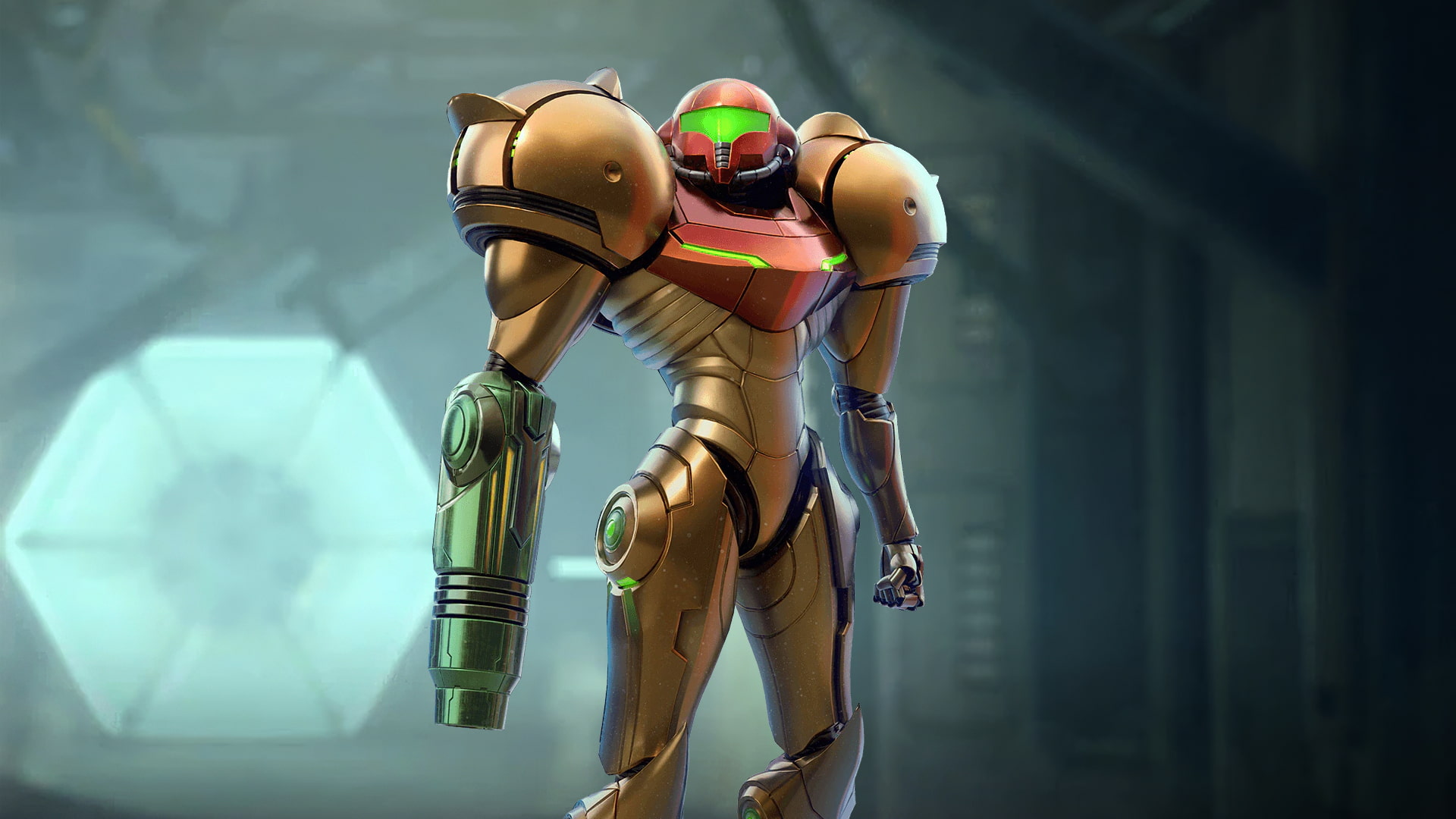
It’s well known that Valve is pushing the boundaries of the video game industry. I wonder though if they will continue to do so. Again, another good article !